Unique stove god star
Author:Institute of Geological Earth Time:2022.06.14


"
With the levy of Shenzhou 14th, people's exploration of space is gradually deepening. We know that there are many small planets in space. Is there any special value of research? Let's take a look together!
Unique stove god star
Zhang Lei
What is the stove god star
On March 29, 1807, the German astronomer Heinris William Matth Matthäus Olbers discovered the stove star in the room, and named the new discovery of the honor of the new asteroid. The German mathematician Johann Carl Friedrich Gauss, a German mathematician who calculated its orbit. Gaussian's goddess Vistea, the goddess of "Hearth, Home and Family" in Roman mythology, (VESTA) Name.
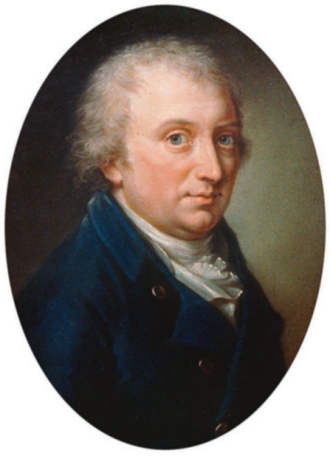
Figure 1 German astronomer Heinricis William Mattius Obers
The appearance of the earliest celestial bodies such as the stove star and Gu Shenxing, Zhishen Star and Marriage Star is similar to the planet. The star) is named ASTEROID and Chinese translated as "small asteroid". These asteroids are mainly distributed between the main planets between Mars and Jupiter's orbit. It is estimated that there are hundreds of thousands of, ranging from more than ten meters to hundreds of kilometers. Because the stove star is the fourth -discovered asteroid discovered by the main little asteroid, it is also called 4 VESTA. The stove god star is a dry and different celestial bodies, located on the inside of the asteroid belt (Figure 2), which is an early stages of planets of 4.56 billion years ago.
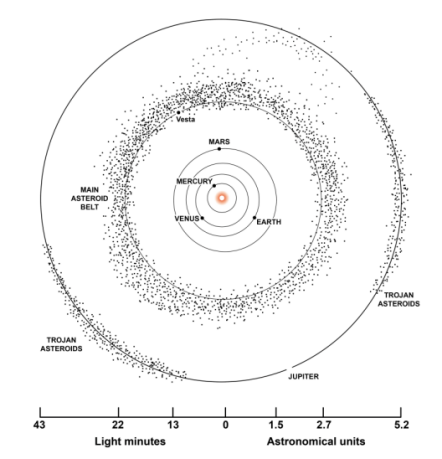
Figure 2 The position of the stove god star in the asteroid belt
The uniqueness of the stove god star
The stove god star is the second largest celestial body in the main asteroid belt, accounting for 9%of the total quality of all small asteroid belts. It revolves around the sun every 3.63 years, with an average distance of more than 350 million,000 kilometers. It runs around the sun with a half -long axis of A = 2.36 astronomical unit (average distance between the earth and the sun), and 0.22 Earth Days from the transfer cycle. The stove star is the brightest asteroid on the earth, a three -axis ellipsoid with a size of (578 × 560 × 458) kilometers (Figure 3). The average radius is (265 ± 5) a kilometer, the orbital inclination angle is 7.1 °, and the eccentricity rate is 0.09. The average surface temperature is negative of 188 ° C, the maximum temperature is 18 ° C, and the surface reverse photo rate is 0.423. Its volume is 142.425 million cubic meters kilometers, the mass is about (2.67 ± 0.02) × 1020 kg, the global average density is 3.46 grams per cubic centimeter, the surface gravity is 0.25 m/s 2, and the escape speed is 0.35 km/s.
The research history of the stove god star
Although the stove god star has been discovered for 214 years, the early research on the stove god star comes from the foundation telescope and the Hubble telescope. These telescopes can collect the ultraviolet, visible light and near infrared bands and macrolaw spectrum emitted on the surface of the stove god star. feature.
Based on this, E. C. Pickering in 1879 estimated that the diameter of the stove star was about (513 ± 17) kilometers.
In 1952, Stephenson determined the 5.3 -hour rotation cycle of the stove star through the light variable curve.
In 1966, based on the gravitational disturbance of the stove star (197) Arete, the quality of the stove god star was (1.20+0.08) × 10-10 solar quality.
In 1970, McCord and others discovered that the stove star visible light and infrared spectrum were very matched with the laboratory spectrum of Nuevo LAREDO Nuevo LAREDO. planet. Their pioneering work accelerated the interest of scientists in the stove.
In 1993, Binzel and XU discovered 20 porchic asteroids with a diameter of less than 10 kilometers on the track of the stove star. These asteroids are similar to the stove god star and calcium long -sized long -notch meteorite. Diogenite spectrum. Therefore, they proposed that these asteroids may be sputtering from the stove god star, and divided them into V -type asteroids or small planets of stove gods.
These asteroids have evolved into small planets of the Vietnamese small planet after the 3: 1 orbital resonance area of the 3: 1 orbital resonance area of the 3: 1 orbital resonance area (in this area being affected by Jupiter's gravity). Capture, the wreckage of the HED family after crossing the earth's atmosphere, that is, the calcium long and long-sized ball-free meteorite (Eucrite) -Di-long bronze-free meteorite (HOWARDITE).
Hubble Telescope (HST) first took a set of images of 52 km/pixels with a wide -view field camera (WFPC2) in 1994, which was used to determine the spin pole, size and shape of the stove star.
In May 1996, when the stove god star was closer to the earth, HST obtained WFPC2 images with a resolution of 36 km/pixels, and obtained the new terrain information of the stove star, confirming that the stove god may be the mother of HED meteorite. In 1997, Thomas and others used HST to observe the stove god star. For the first time, the asteroid surface appearance map was drawn, and in the asteroid Antarctic area, it was found that the huge meteorite pit with a diameter of about 460 kilometers was found. Blinding the basin, the depth of the excavation can reach tens of kilometers.
"Dawn) is the ninth mission of the National Aerospace Administration's discovery plan. Grand) and other loads, go to the stove god star and Gu Shenxing with the asteroid, try to understand the composition of the solar system and the earliest process of the solar system. The NASA's "Dawn" detection task launched a detector on September 27, 2007. The task ended on October 31, 2018, and the flight mileage reached 6.9 billion kilometers.
From July 16th, 2011 to September 2012, the dawn surrounds the stove god detection. The visible light and infrared observation data show that: The bronze calcium long -free meteorite (Howardite) is the most representative rock type on the surface of the stove god star, and ancient times, and ancient times Copper calcium -long ball -free meteorite is a mixture of calcium long and long ball -free meteorite and long -run bronze -free meteorite. These substances have obvious regional changes. Among them, the equatorial area shows a higher content of calcium longevity long -gallery -free meteorite components, and the Antarctic impact basins have higher longan -long bronze -free meteorite components. The dawn took a large number of clear photos of the huge impact pit of the Antarctic Antarctic Antarctic Antarctic Antarctica, and used the photo collision pits for statistical annual year. As a result, it was a small age, only (10 ± 2) and 21 ± 200 million years. The Dawn detection data shows that there is indeed a strong cause connection between the stove god star and the HED meteorite, which proves that the HED meteorite comes from the hypothesis of the stove star.
Figure 3 The stove star shot by the "Dawn" detector

The surface characteristics of the stove god star
In the long history of the solar system, the stove God Star is in an environment that collides with other small asteroids. The surface of the stove god star is occupied by various sizes of meteoritic pits, and 1872 meteoritic pits have been determined. The diameter is greater than 50 kilometers, and the most unique is the two huge impact pots in the southern hemisphere. The study of the Dawn data reveals the complex impact history of the stove god star.
The record of the stove god star has a strong north -south two -point method. The topography of the pits of the north hemisphere of the Stove Star has a large extent retaining the early history. The most typical of which is composed of three neighboring meteoritic pits. ", Namely Marcia, Calpurnia, and Minucia (Figure 4), Marcia is the youngest impact pit, crossing Calpurnia, and minucia is the oldest impact pit. Two large impacts in the southern hemisphere reset their surface, forming a 500 -km width Rheasilvia basin and 400 km wide Venneia impact (Figure 5). The younger RHEASILVIA basins are superimposed on the Venneia Basin, which provides possible explanations for the sources of the stove star asteroid and HED meteorite.
Figure 4 "Snowman Pit" in the North Hemisphere of the Stove Star Star
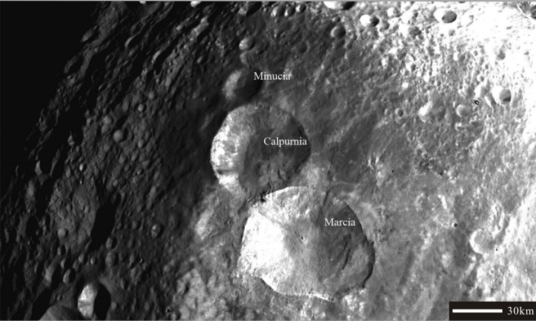
In addition, a series of parallel groove structures are distributed in most areas of the stove-star equator. The largest name is Divalia Fossa, 10-20 kilometers wide, 465 kilometers long, which is larger than the Grand Canyon. The scratching in the equatorial region also found the groove structure. The largest Saturnalia Fossa is about 40 kilometers wide and about 370 kilometers long. These grooves may be the structure formed by the strong shock waves when giant impacts form Rheasilvia and Venneia Basin.
Figure 5 RHEASILVIA and Venneia hit the basin
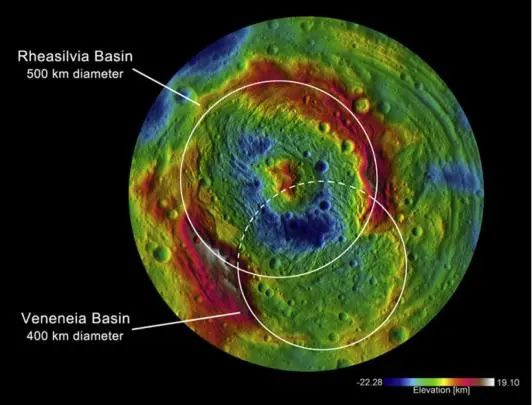
The internal structure of the stove god star
The Sun Nebula cools into the original planet disk, the planetary plate cools to form dust particles and eventually condenses into a small -scale star; if the quality is large, the star is the original planet. These original planets are considered to be an integral part of the planet.
The stove god star is the only preserved, larger, larger, and experienced an original stars that have experienced different magma. Short life radioactive elements 26AL's heat release after entering the stove god star melting and leading to the difference in the stove god star: the lighter material floats to the outer layer to become a shell, the heavier material is deposited into the inside to become a nuclear mantle, and the crustal thickness is 30 ~ 41 kilometers, the upper crust is composed of 18 to 22 kilometers of non-accumulating calcium long-sized long-gallery-free meteorite components. The thickness of the lower floor is 13-19 kilometers. %To 20%of the olives -containing Olympic Copper Ballo -free meteorite and accumulating calcium long -notch long -gallery -free meteorite components. The mantle is composed of Fanghui olives with 60%to 80%olives; the core thickness of the iron metal is about 105-110 kilometers.
Therefore, the stove star is an excellent object to study the early planet of the solar system. The ingredients on the surface of the stove god are mainly calcium-long long-notch ball-free meteorites (Eucrite) -Do-long bronze ballless meteorite (HOWARDITE) substance (Figure 6). Bronze calcium long -no -granular meteorite is a corner gravel formed by the collision formed by Olympic Copper Ballonless Meteorite and Calcium Long Hui Grav Croneum. The long -notch meteorite is formed in the older terrain of the stove star. The bronze calcium long -free gallery meteorites rich in the long -running bronze -free meteorite is corresponding to the large impact pit. These results were verified by data such as dawn, Hubble Space Telescope and foundation spectrum. Figure 6 HED rock distribution (VIR data) on the surface of the stove god star
Sample from the Star God Star
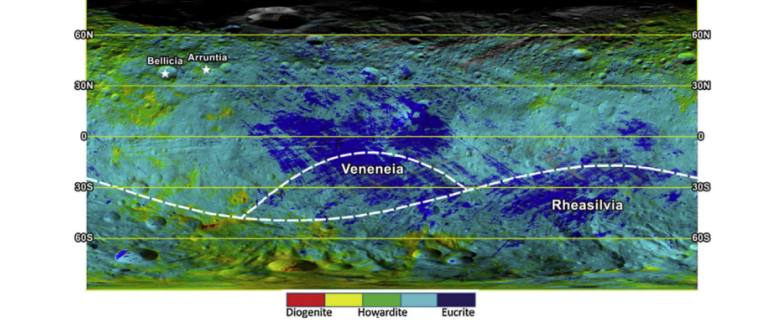
Since 1970, HED (HOWARDITE -EUCRITE -DIogenite) meteorite has been considered from the stove star, because the infrared spectrum and visible spectrum between the type of meteorite and the stove god star are very close. At the same time, the dawn data further confirms the correlation between the stove god stars. The stove god star suffered a huge impact and tossed some pieces to become a small planet for the stove god star, and may be hit multiple times. Some rock pieces fell to the earth and became HED meteorites (Figure 7).
According to the study of the age of the exposure of the universe, about one -third of the HED meteorites were thrown from the stoves of the stoves due to the two main impacts, and it had run 6 million to 73 million years in space before falling to the earth. They are the largest stone -free meteorite found on the planet. There are 2542 HED meteorites named after the International Meteorite Society, accounting for about 3.4%of the meteorite (75128).
HED meteorite is the oldest magma sample in the solar system that can be obtained. Olympic Bronze Ballo -free meteorite is an ultra -iron magnesium magma, which is a pile of crystal rocks or invasive rocks. Calcium Changhui long -no -ball meteorite is Hui Changyan and Xuanwu Rock. Most of the Huichangyan is a pile of crystal rocks. Calcium calcium -free meteorite is a collision angle, which is mainly composed of calcium -long long -notch gallery meteorite and long -running bronze -free meteorite debris. Among them It is greater than equal to 10%, and its structure can also be divided into collision crushed corner fragrance and surface earth corners. The crystallization of calcium long -sized long -notch meteorite is about 44.3 to 4.55 billion years, and its extensive magma effect is formed within 10 million years when the solar system was generated. Most of the HED meteorites, especially the basalt of the basalt, have a wide range of thermal deterioration effects, but the thermal deterioration is limited to a very narrow period of time during the period of magma or after the magma. Therefore, HED meteorite is an important window for exploring and studying the evolution and differential effects of early asteroid magma in the solar system.
Figure 7 HED meteorite
In short, many incidents that have occurred around the solar system that has been running around the sun can tell us many events since the birth of the solar system. The base telescope, the Hubble Space Telescope, the dawn sample of the HED meteorite sample provided multiple perspectives and ways to study the Star Star Research. The obtains of these data present some of the more primitive planet embryos in front of us. This is just a peeping leopard in the tube, and there are many unsolved mysteries waiting for humans to explore!
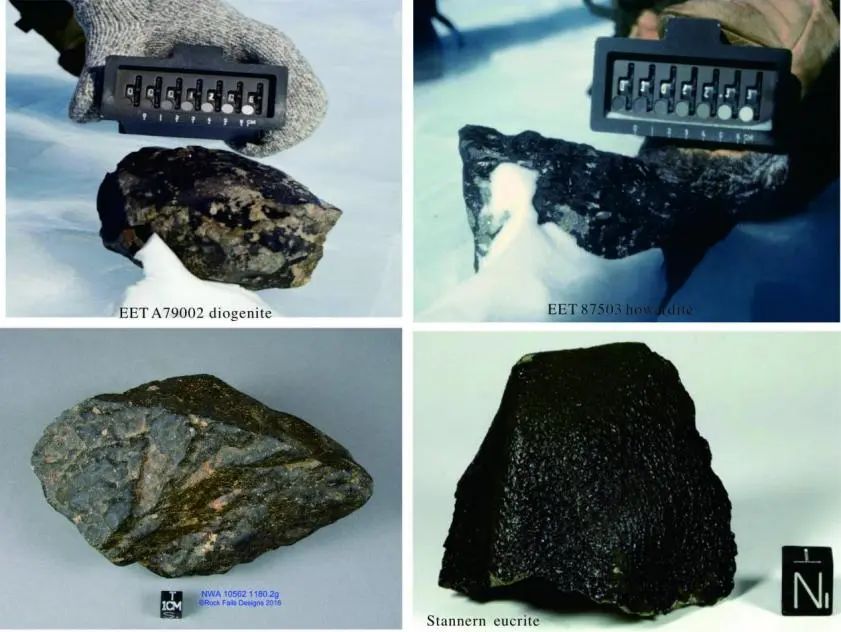
(This article has been published in "Mineral Rock Geochemical Report" in 2022)
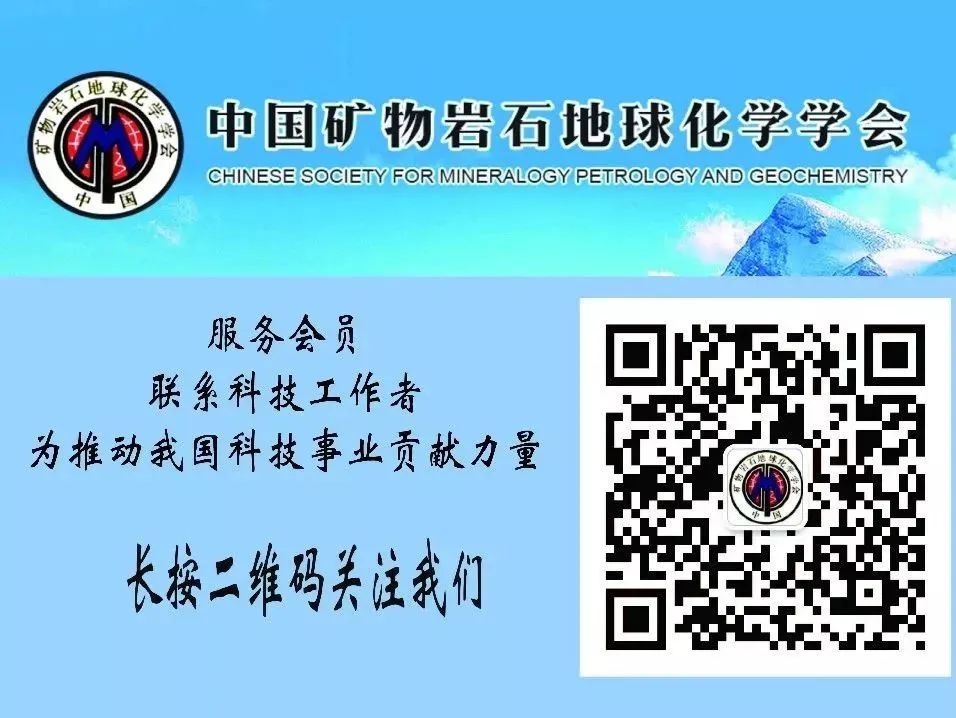

- END -
Don't miss it!Chengdu Digital RMB Online Consumer Course continues to be issued today at 12:30

Today at 12:30 noon todayThe last wave of this monthChengdu Digital RMB Online Con...
The most shocking blockbuster in 2022, must be seen!
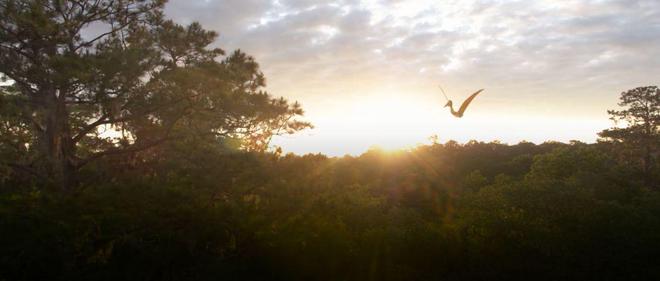
Over the past 10 years, paleontologistsRobert De Palma (Robert DEPALMA)It has been...